1. Gelatin-Encased Salads
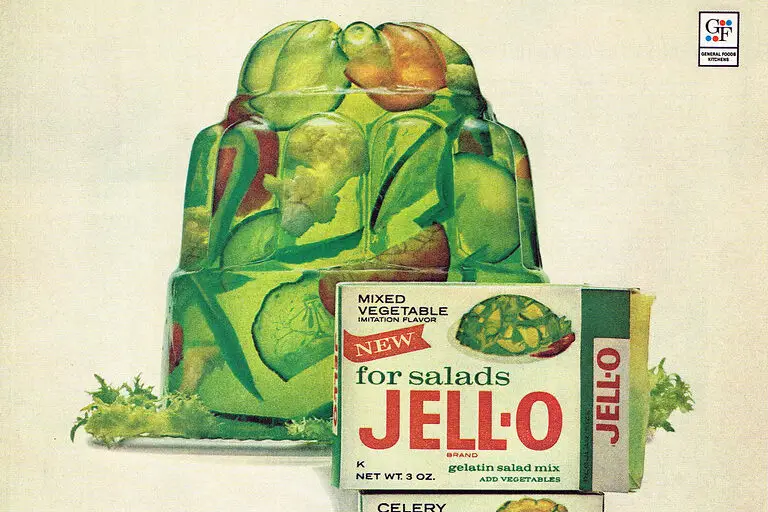
In the mid-20th century, someone decided vegetables needed a wobbly upgrade, and thus gelatin salads were born. Picture peas, carrots, and sometimes even shredded lettuce suspended in a shimmering, lime-green mold. It looked like a science project more than a side dish, yet it was proudly served at potlucks and family dinners. Magazines printed endless variations, often encouraging a dollop of mayonnaise on top. The texture alone—crunchy veggies in slippery gelatin—was enough to make some diners uneasy.
These creations actually hit grocery shelves as boxed “salad gelatin” mixes. They came in savory flavors like celery or mixed vegetable, designed specifically for these bizarre salads. Shoppers were told they were a “modern” way to prepare healthy meals, and for a brief moment, it worked. Today, the thought of making one might get more laughs than compliments.
2. Canned Cheeseburgers
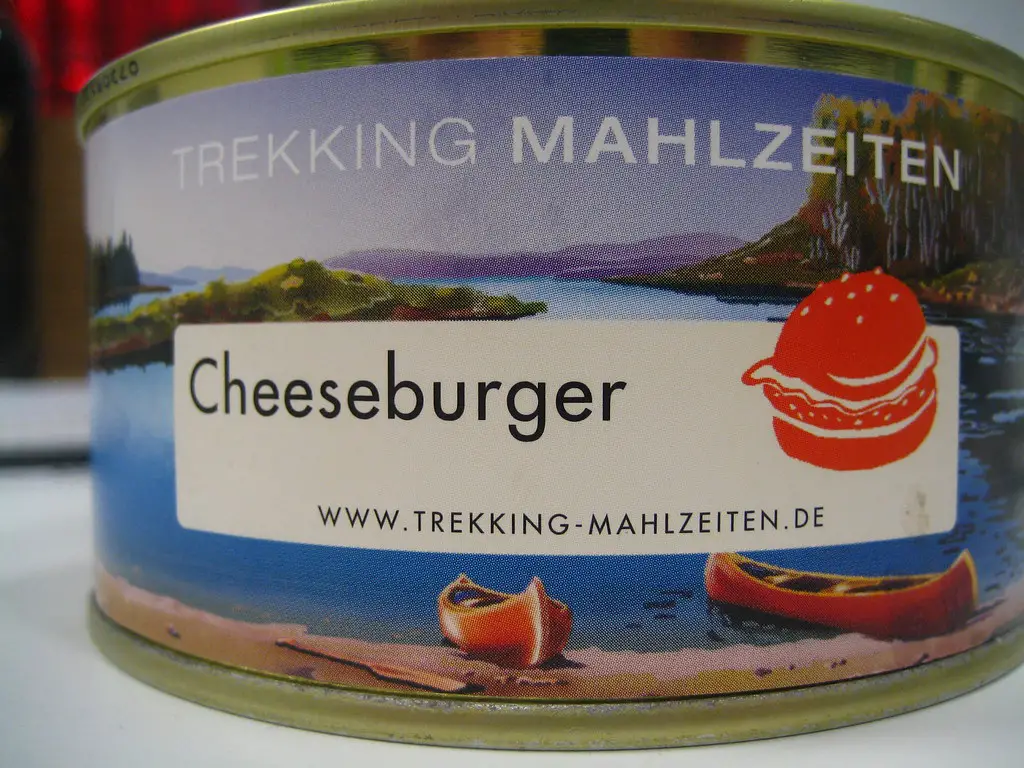
If you’ve ever wished for a cheeseburger that didn’t require refrigeration, the past had you covered. Canned cheeseburgers were exactly what they sound like: a fully assembled burger, bun and all, sealed in a can. The promise was convenience, with marketing that appealed to campers, travelers, and people who just didn’t want to cook. Unfortunately, the taste and texture were a different story.
Once opened, the bun was often soggy, the cheese rubbery, and the patty… well, let’s just say it had a “unique” flavor profile. They never became a household staple, but they did manage to get stocked in some grocery aisles. The sheer novelty was probably enough to get people to buy at least once. It’s the kind of thing you’d try as a dare today, not for dinner.
3. Aspic Meat Molds
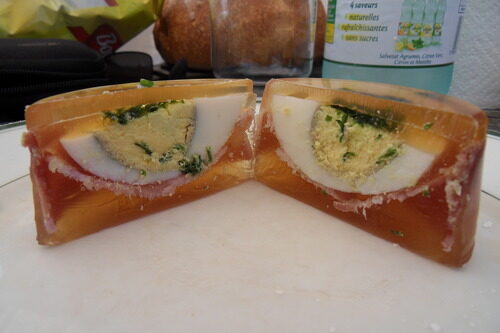
Aspic, a savory gelatin made from meat stock, was a fancy dining staple that somehow trickled into everyday grocery products. By the ’60s and ’70s, you could find tins of prepared aspic studded with bits of chicken, ham, or seafood. It was often sliced and served cold, glistening under the dining room light. Recipes encouraged layering vegetables and even boiled eggs inside for “visual appeal.”
While it was once considered elegant, most modern eaters are turned off by the combination of cold meat and gelatin. Yet for decades, it appeared in cookbooks and store displays, often promoted as “nutritious” and “versatile.” It’s a perfect example of how food trends can shift dramatically over time.
4. Banana Mayonnaise Salad
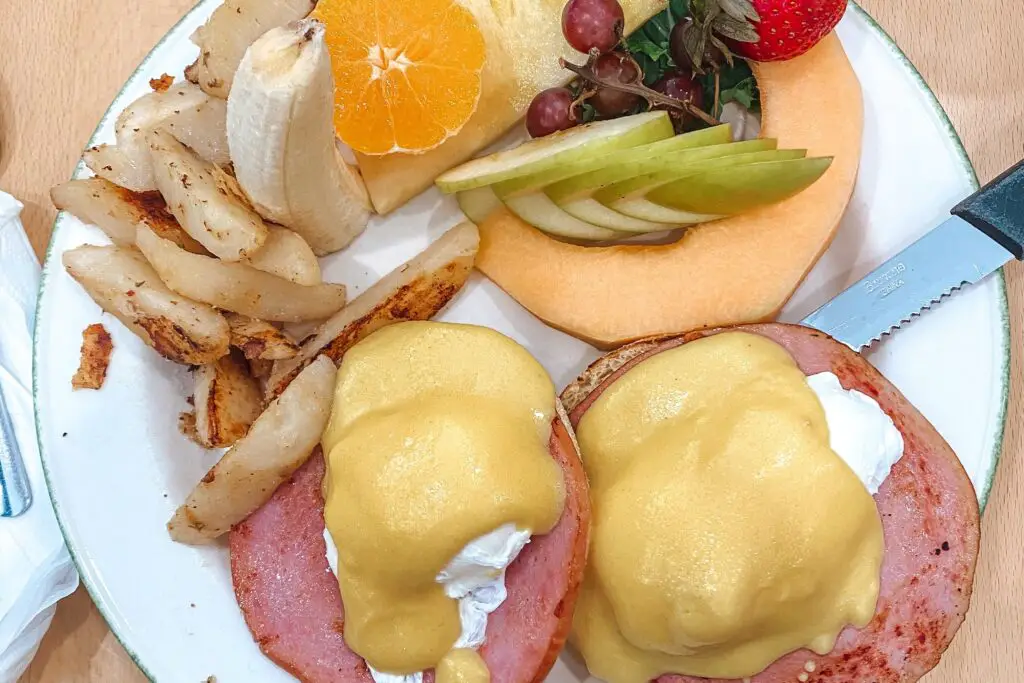
This odd pairing turned up in retro recipe booklets and was easy to recreate thanks to store-bought ingredients. It was literally a peeled banana laid on a lettuce leaf, topped with a generous smear of mayonnaise and sprinkled with chopped peanuts. Some variations suggested a cherry on top for “color.” Grocery shelves made it even easier by stocking flavored mayonnaise, sometimes with hints of fruit.
The idea was to create a quick lunch or “ladies’ luncheon” dish that was both sweet and savory. Today, the combination makes most people raise an eyebrow. It’s proof that not every culinary experiment from the past was a keeper.
5. Pork Brains in Milk Gravy
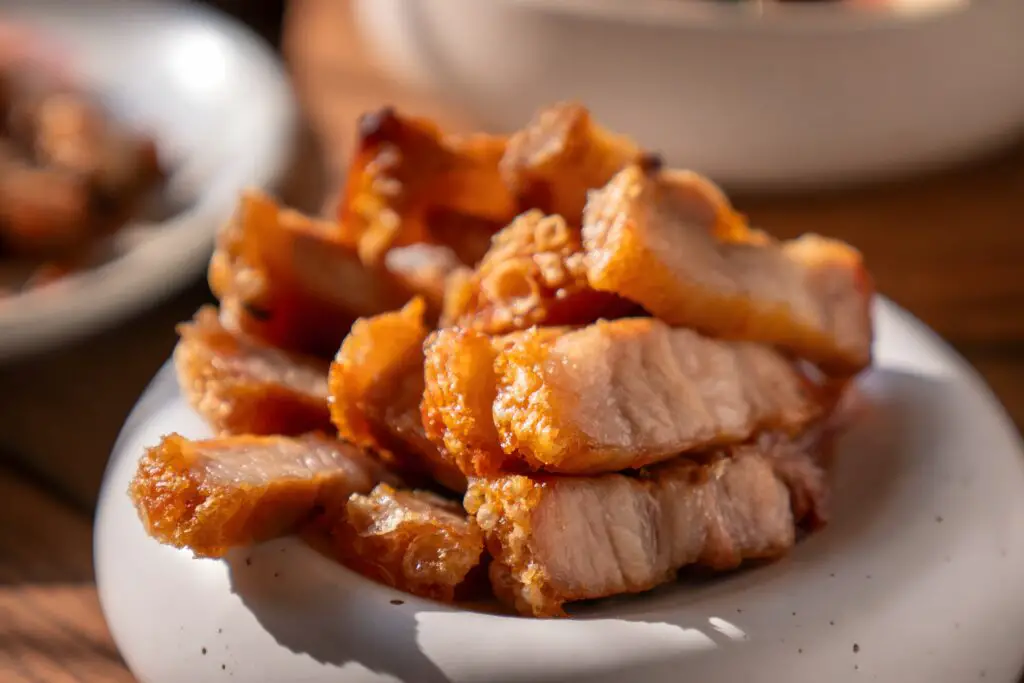
Sold in small cans, pork brains in milk gravy were once marketed as a protein-packed breakfast option. The label even boasted how much cholesterol you’d get—before we knew that wasn’t exactly a selling point. They were meant to be scrambled with eggs or spread on toast, offering a rich, creamy texture that some found comforting.
While it sounds extreme now, it wasn’t unusual for grocery stores in the South and rural areas to carry them. They were cheap, shelf-stable, and fit into a time when wasting no part of the animal was the norm. These days, they’re more a curiosity than a pantry staple.
6. Canned Whole Chicken

Imagine opening a large can and sliding out a fully cooked chicken, complete with gelatinous broth. Canned whole chickens were marketed as a convenient alternative to roasting your own. All you had to do was heat and serve. The reality, though, was a pale, soft bird that often looked less than appetizing.
They had a loyal audience for a while, especially among people who valued convenience above presentation. Grocery stores kept them stocked in the meat aisle right alongside more familiar canned goods like tuna. The visual shock alone makes them unforgettable for anyone who’s ever seen one emerge from the can.
7. Frozen TV Dinner Sandwiches
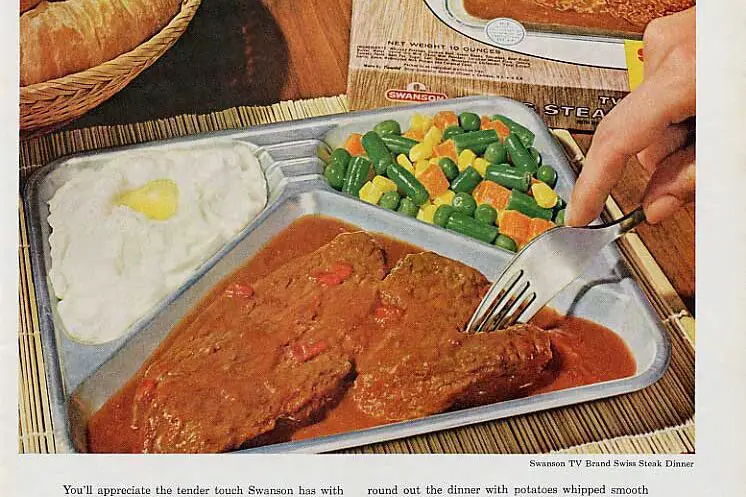
In the height of TV dinner popularity, companies tried branching out with frozen “TV sandwiches.” These were pre-assembled hot sandwiches like ham and cheese, meatball subs, or turkey melts, ready to heat and eat. They were often sold in colorful boxes that promised a quick meal with no mess.
Unfortunately, the microwave (or oven) didn’t always cooperate. Bread came out either soggy or rock-hard, and fillings were often scalding hot while the edges stayed cold. Still, they lingered on store shelves for years as part of the frozen food boom.
8. Cabbage Jello Loaf
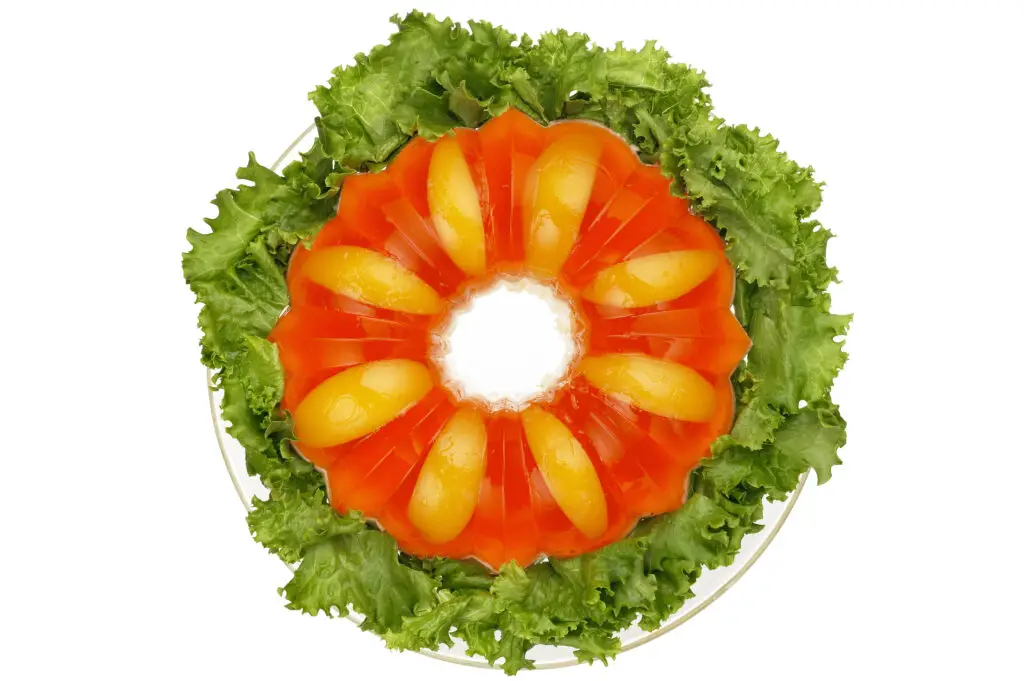
This dish combined shredded cabbage, carrots, and sometimes even hot dogs, all bound together in lemon or lime gelatin. Grocery stores sold “salad gel mixes” that practically encouraged these strange concoctions. The end result was a translucent loaf that looked like a holiday decoration more than dinner.
It was served sliced, often with a side of creamy dressing to cut through the sweetness. While it sounds unthinkable now, it was once promoted as an “innovative” salad for parties. It’s one of those foods you can’t believe people actually bought ingredients for on purpose.
9. Peanut Butter and Mayonnaise Sandwich Spread
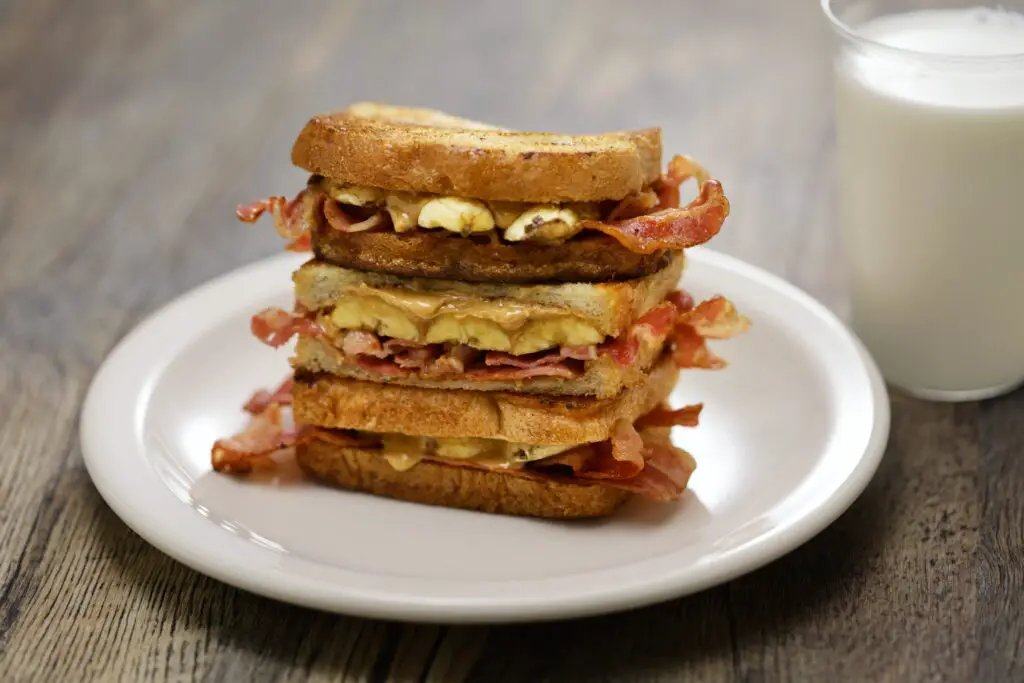
This unlikely duo was sold in jars as a ready-to-use sandwich spread. The idea was to combine the creaminess of mayo with the sweetness of peanut butter for a “balanced” flavor. It was a quick solution for school lunches, marketed to busy parents.
While some swore by it, most kids probably would have preferred just peanut butter and jelly. The combination has a small but devoted following even today, though you’re more likely to see it homemade than in a jar on a store shelf.
10. Canned Spaghetti Sandwiches
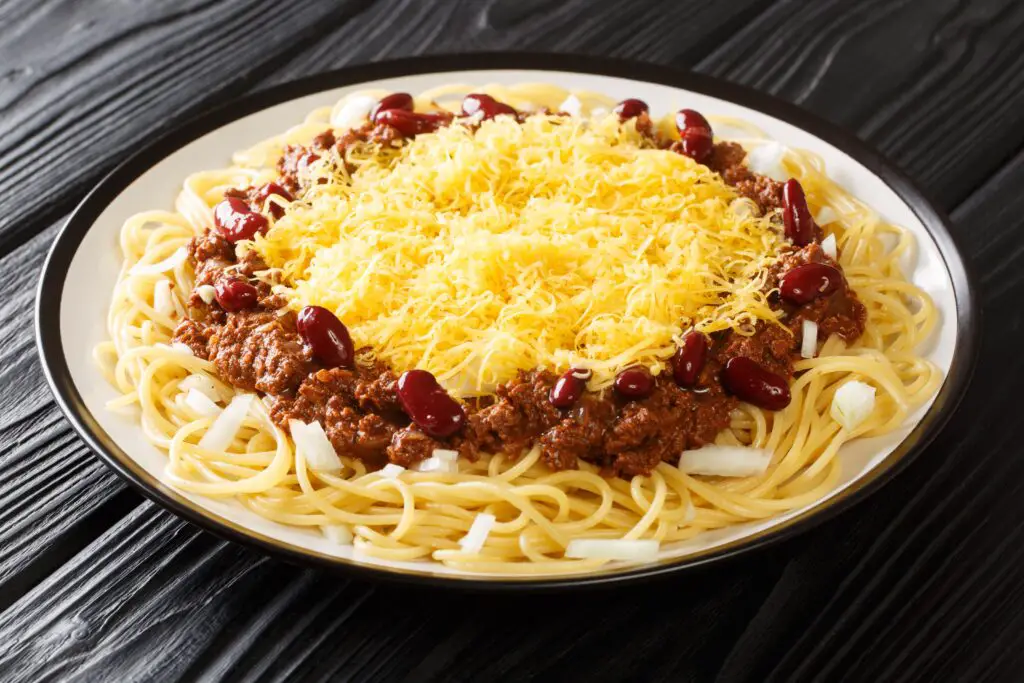
In an effort to make pasta more portable, someone decided to put spaghetti and sauce inside a bread roll, then can it. These were sold as a ready-to-eat meal, perfect for lunchboxes or camping trips. The bread absorbed the sauce, creating a mushy but oddly unified texture.
They never became a mainstream hit, but they did appear in certain regional grocery chains. They’re a good reminder that not every idea for convenience food works outside of theory.
11. Fish Loaf
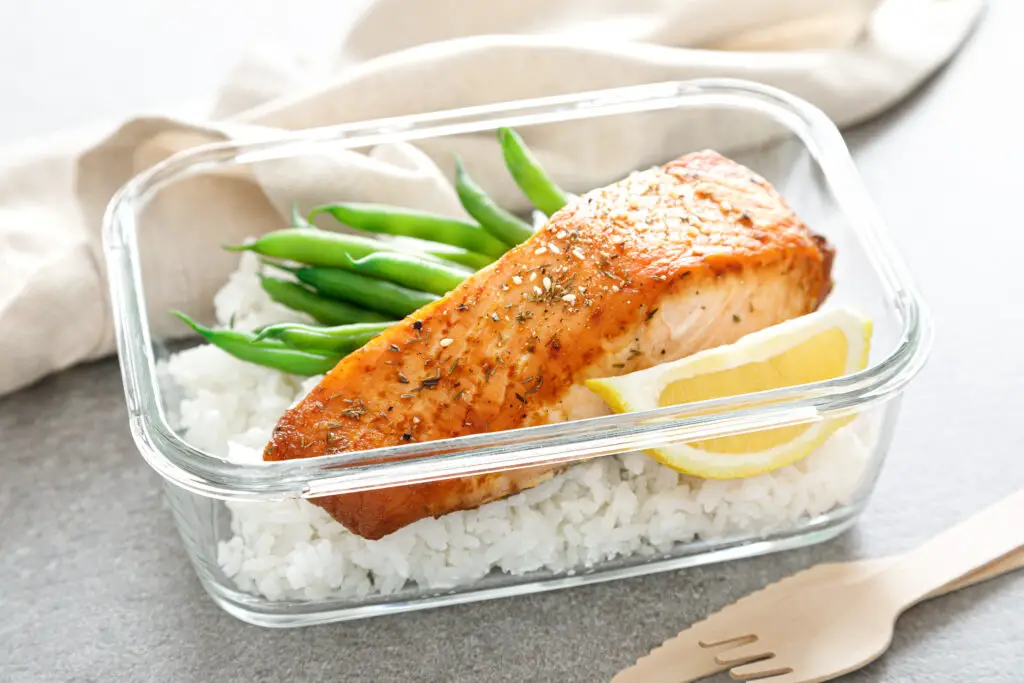
Think meatloaf, but made entirely of ground fish and seasonings, often sold in cans or frozen blocks. It was marketed as a budget-friendly way to enjoy seafood without the fuss of fresh fish. You could slice it and fry it, bake it, or serve it cold with sauce.
While it had its fans, the strong smell and unusual texture kept it from becoming a major hit. It’s one of those products that sounds like it might have worked better in the test kitchen than at the dinner table.
12. Dessert Pizza Kits

Long before dessert pizzas at chain restaurants were a thing, grocery stores sold make-your-own dessert pizza kits. They included a pre-baked crust, a packet of sweet “sauce,” and toppings like mini marshmallows or chocolate chips. The concept was meant to appeal to kids and busy parents looking for a fun treat.
The results were mixed, often too sweet and not particularly pizza-like. Still, the novelty factor was enough to keep them stocked for a while. They were a sugary snapshot of the anything-goes food era.
13. Shrimp Cocktail Gelatin
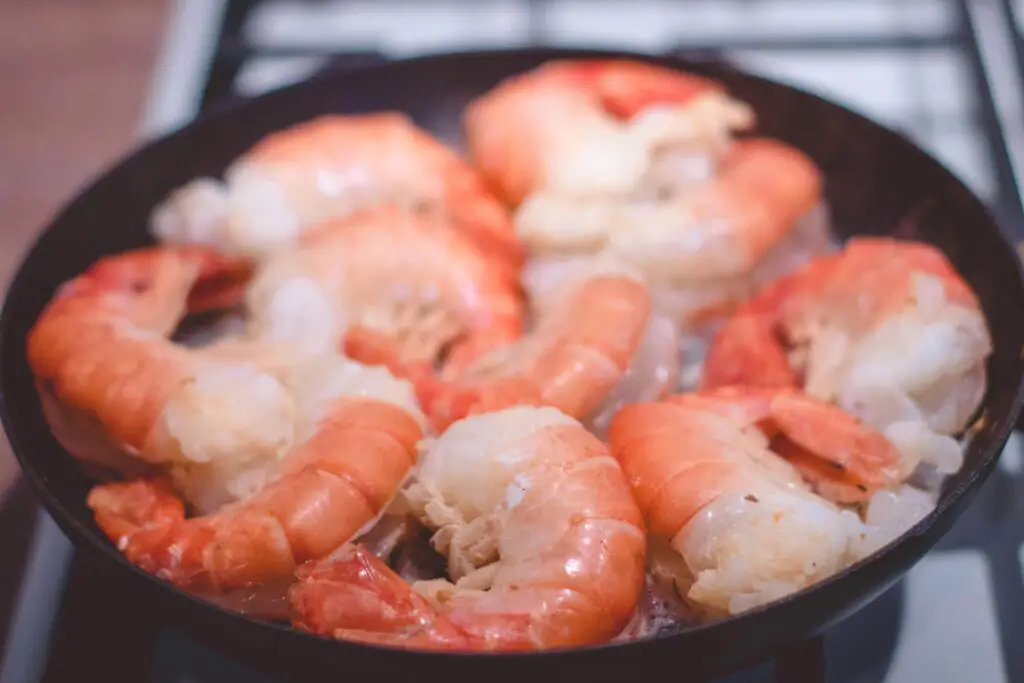
This was exactly what it sounds like—shrimp suspended in a savory gelatin flavored with tomato juice and spices. It was a variation on aspic, designed to be sliced and served as a party appetizer. Grocery stores sold pre-made versions in decorative molds.
It combined two things people liked—shrimp cocktail and molded salads—but the texture was divisive. For some, it was a retro party classic. For others, it was a one-time experiment they didn’t care to repeat.
14. Ham and Banana Hollandaise
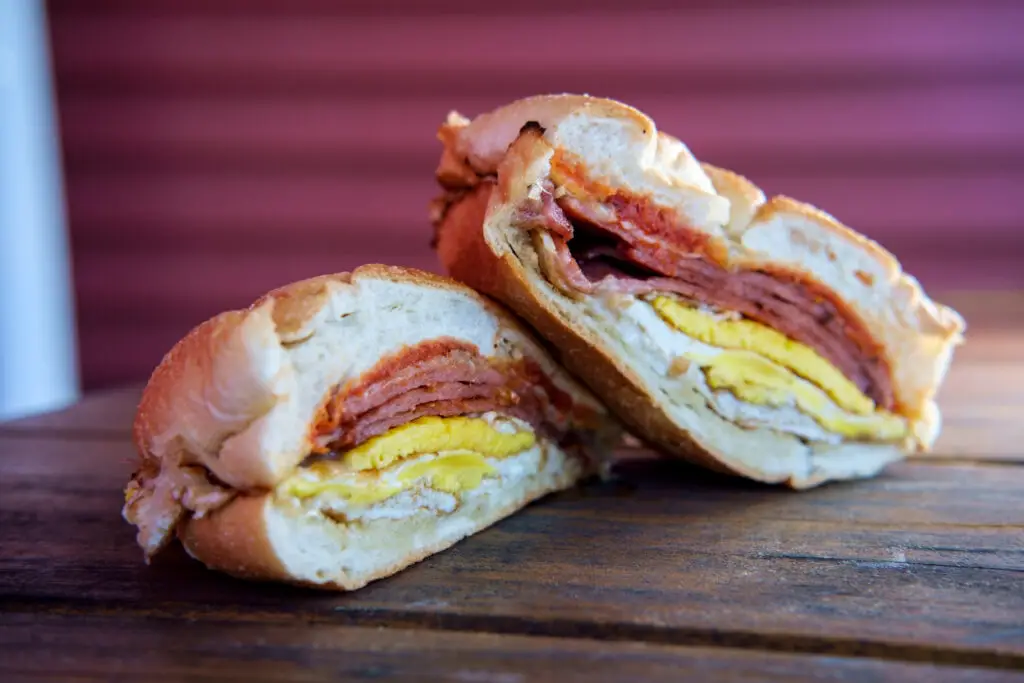
This odd dish was featured in mid-century cookbooks and made its way into prepared-meal sections at some stores. Bananas were wrapped in slices of ham, baked, and topped with a rich Hollandaise sauce. It was meant to be an elegant entrée, though the flavor pairing confused many.
The sweet-salty-creamy combination was bold, but not exactly universally loved. Still, it showed how adventurous (and sometimes reckless) mid-century cooking could be.
15. Canned Potato Salad
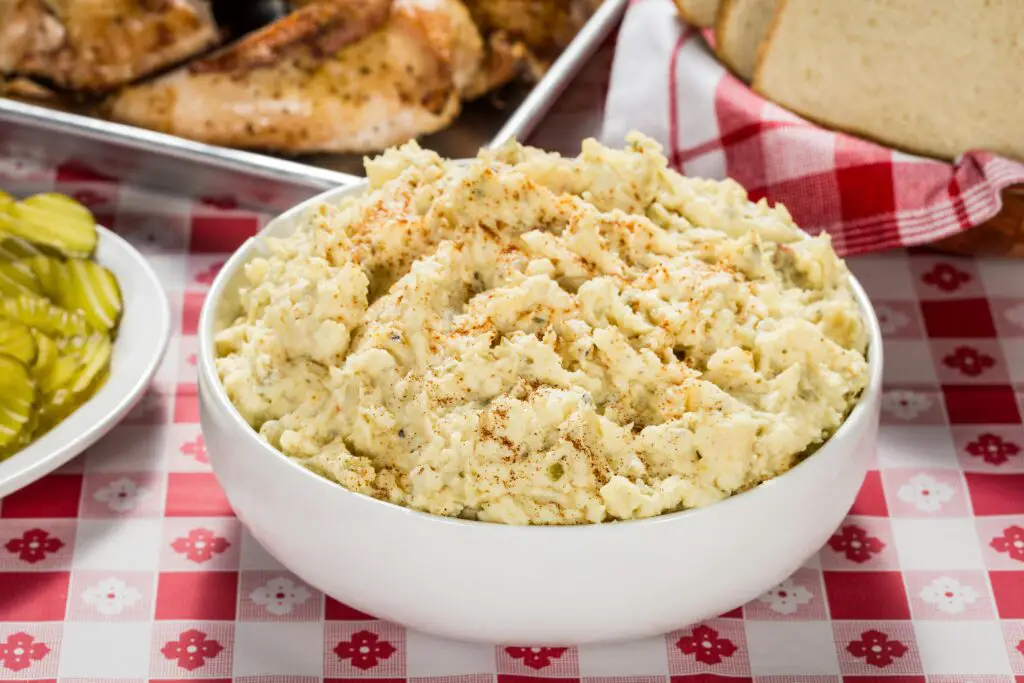
Instead of whipping up a fresh batch, you could once grab a can of potato salad right off the shelf. It contained diced potatoes, mayo-based dressing, and sometimes vegetables like celery or onions. The appeal was clear—no peeling, boiling, or mixing required.
Unfortunately, the texture after canning left much to be desired, with potatoes often turning mealy and the dressing separating. It’s easy to see why this one didn’t last, despite the initial promise of convenience.
16. Beef and Prune Stew
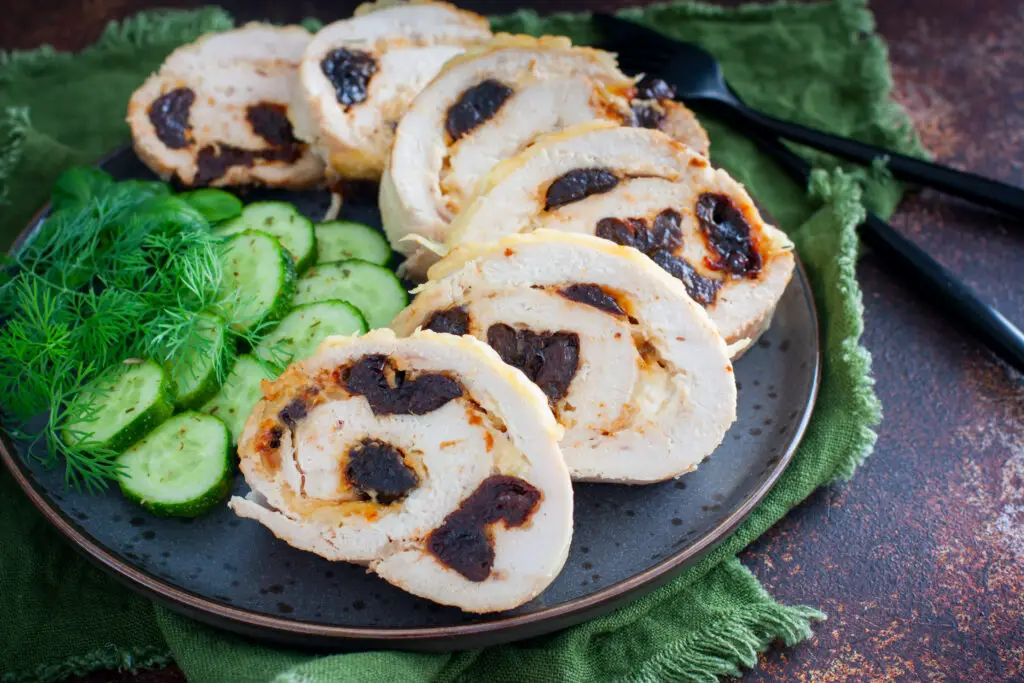
This strange pairing appeared in both cookbooks and canned form in certain grocery stores. The prunes were meant to add a natural sweetness to balance the richness of the beef. In theory, it was a hearty, flavorful dish.
In practice, the sweetness sometimes overwhelmed the savory elements, creating an odd clash of flavors. It’s the kind of recipe that might still pop up in experimental kitchens, but not in your average canned goods aisle.
17. Maple-Flavored Ham Loaf
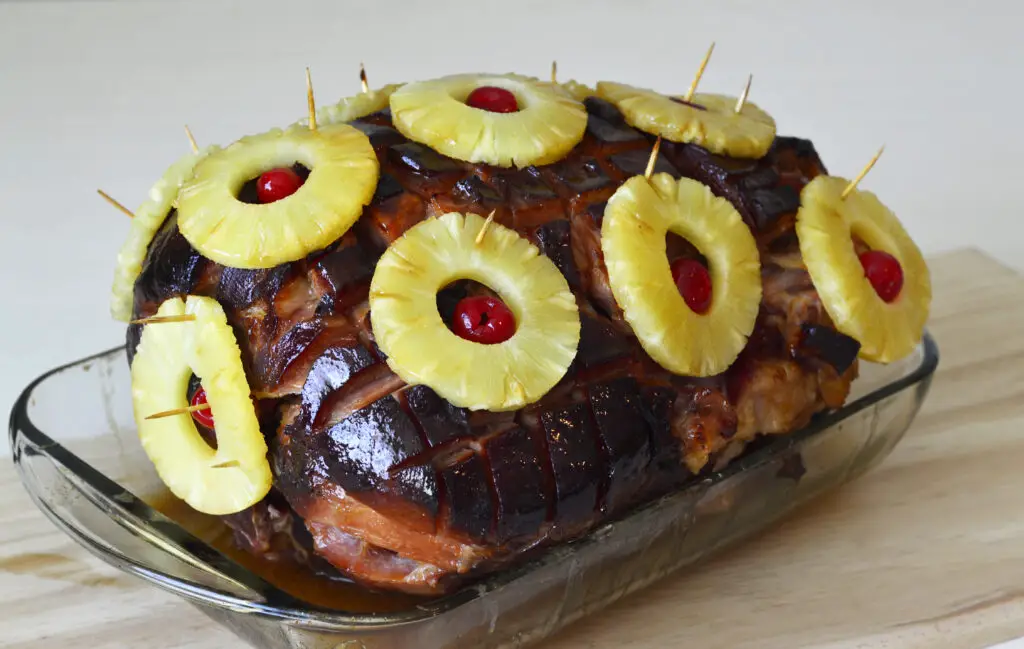
Ham loaf was already a unique dish, but adding maple syrup flavoring took it to another level. This was sold both frozen and ready-to-eat from deli counters, often shaped like a meatloaf for easy slicing. The maple was meant to enhance the smoky-salty ham flavor.
While some enjoyed the sweet-and-savory twist, others found it jarring. It’s a good example of how a small flavor change can turn a classic into something completely different—and divisive.
